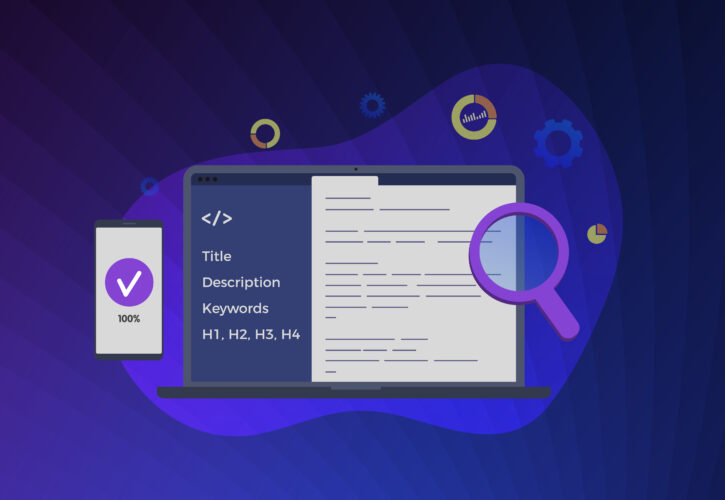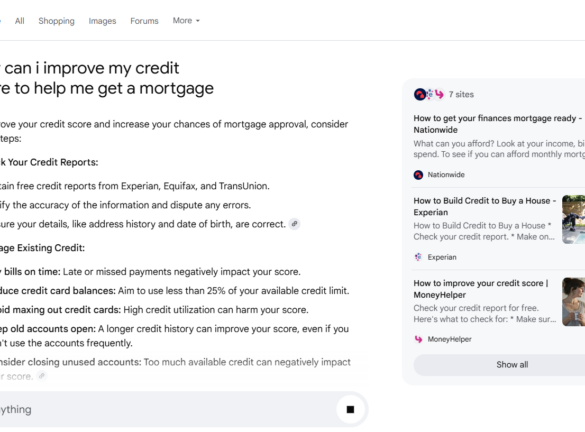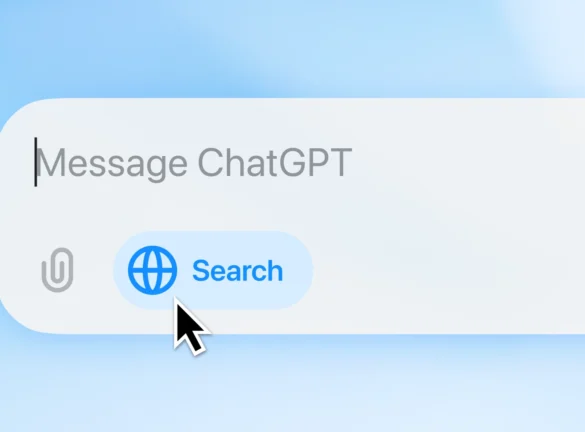
Don’t sweat the small stuff – Prioritising SEO fixes
Don’t sweat the small stuff – Prioritising SEO fixes to reassure stakeholders and maximise developer resource
Do these scenarios sound familiar to you?
You’re working as normal, when suddenly you get an email from your SEO tool; “WE’VE FOUND CRITICAL ERRORS ON YOUR SITE! CLICK HERE TO FIX IMMEDIATELY” in big red letters. Naturally, you drop everything and immediately start looking into this, only to find out the “critical” issue is some meta descriptions are slightly too long…
You’ve spent ages conducting an extremely detailed audit of your site, but, when you present this to your developers, they turn around and say, “Ok fine, we might be able to fit this in a sprint in 6 months’ time.”
If you’ve not had the pleasure of experiencing either of the above issues, lucky you! Otherwise, I’m going to share some recommendations about how you can cope with the above situations so you can get your recommendations implemented.
Access the impact
As they are generalised tools designed for pretty much anyone to use, many SEO tools flag all “issues” even those that won’t significantly impact the performance of your site. For example, Google Search console loves to flag pages with no-index tags, or redirecting URLs. To the unversed, it can be scary to see all of these non-indexable pages being flagged so they ask you to look into it. When you look into these “issues”, you find that it’s the login page that has a no-index tag, and the redirects are from a legacy page your redirected months ago and removed all internal links to.
This is why it’s important to assess the actual impact these errors will have on SEO performance. If someone accidentally added no-index tags to every page on your site that might be worth looking into, but most of the time, these issues are not actually going to stop your site from ranking successfully. Therefore, it can save you a lot of time if you assess the likelihood of these issues impacting the site and reassuring your stakeholders before you spend time creating “fixes” and requesting developer resources.
A good question to ask is, is this absolute SEO best practice, or is this an SEO requirement?
Weight impact against resource requirement
One simple way to make it easier to implement recommendations is to give stakeholders and developers clear signals as to why they should implement them. While you should already be including an overall priority to any recommendation you send, adding this information when you share recommendations can help them easily understand why they should allocate the resources they need to fix it. Here’s an example of some audit findings including this information:
 In the example, the Server rules are the clear priority as they affect the crawl-ability of the entire site and cause significant issues the longer, they are in place. It also makes it clear this is something affecting the entirety of the site and that Developers will be needed to correct this (as most people won’t be able to configure a server) The next most significant issue is the no-index tags on the category pages as they can limit the crawl-ability of the site, and generally are more likely to appear for a broad generic term than an individual product. They can also include FAQs and other important content. After this, the implementation of product schema is more likely to benefit the site than shortening the page titles so it should be considered more of a priority.
In the example, the Server rules are the clear priority as they affect the crawl-ability of the entire site and cause significant issues the longer, they are in place. It also makes it clear this is something affecting the entirety of the site and that Developers will be needed to correct this (as most people won’t be able to configure a server) The next most significant issue is the no-index tags on the category pages as they can limit the crawl-ability of the site, and generally are more likely to appear for a broad generic term than an individual product. They can also include FAQs and other important content. After this, the implementation of product schema is more likely to benefit the site than shortening the page titles so it should be considered more of a priority.
While in a real example you should include additional information such as how to fix it and the priority scale, adding this information can reassure stakeholders and make it clear what they should be doing to improve SEO performance.
Are search engines going to care if you “fix” it or not?
As frustrating as it is, there are times when a Search engine will simply not care whether you “fix” something or not. Page titles are a clear example of this as Google is increasingly overwriting these, with roughly 33% of title tags being overwritten (source). You can spend ages tweaking your titles to ensure they aren’t too long or short and include the right keywords across all of your product pages and Google can still overwrite them.
Similarly, with <h> tags, you can spend ages optimising your templates to make sure there’s only one <h1> and they’re all laid out nicely, but it’s not really going to impact your rank ability that much. At the end of the day, you should be focusing on the issues stopping search engines from reading your content, not whether it is nicely structured.
Final thoughts
In an ideal world we would always be able to fix every little thing on a site, and never have to worry about whether there is enough time and resource to fix these things, but the reality is there will always be limits, whether it’s skills, time or resources, so prioritisation will always be essential. You will almost always need to make the decision between what you want to be implemented and what you need to be implemented so hopefully, these tips will help you get some of your recommendations moving.
Looking for someone else to sweat the SEO issues for you? Reach out to our SEO team to find out how they can not only take away the pressure but also make sure your SEO is successful. Contact us here.





